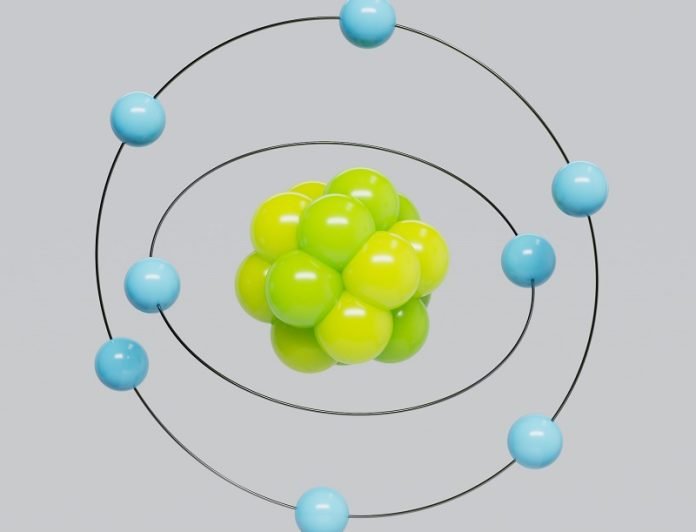
Molecular oxygen (O2) is essential for respiration on today’s Earth, but the early atmosphere was almost devoid of oxygen until the Great Oxidation Event.
How then did Earth’s atmosphere become oxic?
Scientists traditionally believed that Earth’s initial oxygen derived from water splitting.
However, they now believe that reactive oxygen species (ROS) may have played a key role in the transition from an anoxic to oxic environment on early Earth’s terrestrial surface.
But where did the ROS come from?
In a study published in PNAS on Mar. 20, a research team led by Prof. HE Hongping from the Guangzhou Institute of Geochemistry of the Chinese Academy of Sciences has answered this question.
The team’s study shows that ROS and O2 can be produced at mineral–water interfaces, and oxygen can be released from minerals. With this discovery, the scientists have overturned the view that oxygen generally derives from water splitting.
To identify the origin of the Earth’s initial oxygen, the researchers confirmed the appearance of reactive oxygen-containing sites (≡SiO•, ≡SiOO•) on abraded quartz and ROS production during contact by the abraded quartz with water. They employed 18O-labeled water (H218O) as a tracer to track the oxygen source of ROS generated at mineral–water interfaces.
Their isotope-labeling experiments showed that the hydroxylation of the peroxy radical (≡SiOO•) was the predominant pathway for H2O2 generation; this was then followed by the decomposition of H2O2 into O2 and H2O. In contrast, only a small portion of oxygen in ROS derived from water.
“This heterogeneous ROS production chemistry allows the transfer of oxygen atoms between water and rocks and alters their isotopic compositions,” said Prof. HE, co-corresponding author of the study.
More importantly, this study suggests that the evolution from mafic crust to felsic crust was critical for the habitability of the early Earth and drove the multilayer co-evolution of the lithosphere, hydrosphere, atmosphere, and biosphere.
“The oxygen transfer pathways at the quartz–water interfaces via ROS generation and conversion are unexpected and novel as isotopic exchange between water and mineral surface are previously considered to occur between the dissolved silica and water,” said Prof. Mark H. Thiemens from the University of California San Diego, co-corresponding author of the study.
With proper geologic proxies that can record isotope compositions of O2, ozone and radical derived species (e.g., sulfate), this finding provides a novel prototype for examining various H2O2 production models (e.g., photochemical, mechanochemical) for early Earth.
This reaction was initiated by mechanical forces in various geodynamic processes. These forces deformed minerals to produce surface radicals that released oxygen by interaction with water.
“This ubiquitous abiotic oxygen source can be important for the detection of extraterrestrial life, as highly energetic aerobic respiration and even the evolution of complex multicellular life are possible,” added Prof. HE.



